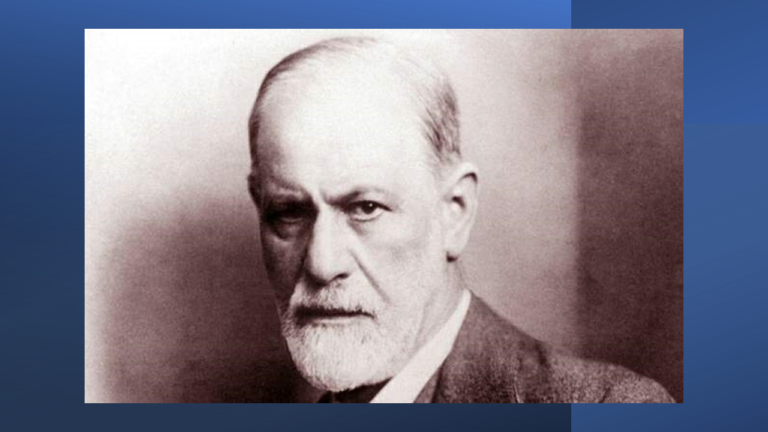
A defense mechanism is a coping technique that reduces anxiety arising from unacceptable or potentially harmful stimuli. Defence mechanisms are unconscious and are not to be confused with conscious coping strategies. Sigmund Freud was one of the first proponents of this construct. Here is the list of some defence mechanisms:
Compensation
Over-achievement in one area to offset real or perceived deficiencies in another area
Conversion
Expression of an emotional conflict through the development of a physical symptom, usually sensorimotor in nature
Denial
Failure to acknowledge an unbearable condition; failure to admit the reality of a situation or how one enables the problem to continue
Displacement
Ventilation of intense feelings toward persons less threatening than the one who aroused those feelings
Dissociation
Dealing with emotional conflict by a temporary alteration in consciousness or identity
Fixation
Immobilization of a portion of the personality resulting from unsuccessful completion of tasks in a developmental stage
Identification
Modelling actions and opinions of influential others while searching for identity, or aspiring to reach a personal, social, or occupational goal
Intellectualization
Separation of the emotions of a painful event or situation from the facts involved; acknowledging the facts but not the emotions
Introjection
Accepting another person’s attitudes, beliefs, and values as one’s own
Projection
Unconscious blaming of unacceptable inclinations or thoughts on an external object
Rationalization
Excusing own behaviour to avoid guilt, responsibility, conflict, anxiety, or loss of self-respect
Reaction Formation
Acting the opposite of what one thinks or feels
Regression
Moving back to a previous developmental stage to feel safe or have needs met
Repression
Excluding emotionally painful or anxiety-provoking thoughts and feelings from conscious
awareness
Resistance
Overt or covert antagonism toward remembering or processing anxiety-producing information
Sublimation
Substituting a socially acceptable activity for an impulse that is unacceptable
Substitution
Replacing the desired gratification with one that is more readily available
Suppression
Conscious exclusion of unacceptable thoughts and feelings from conscious awareness
Undoing
Exhibiting acceptable behaviour to make up for or negate unacceptable behaviour